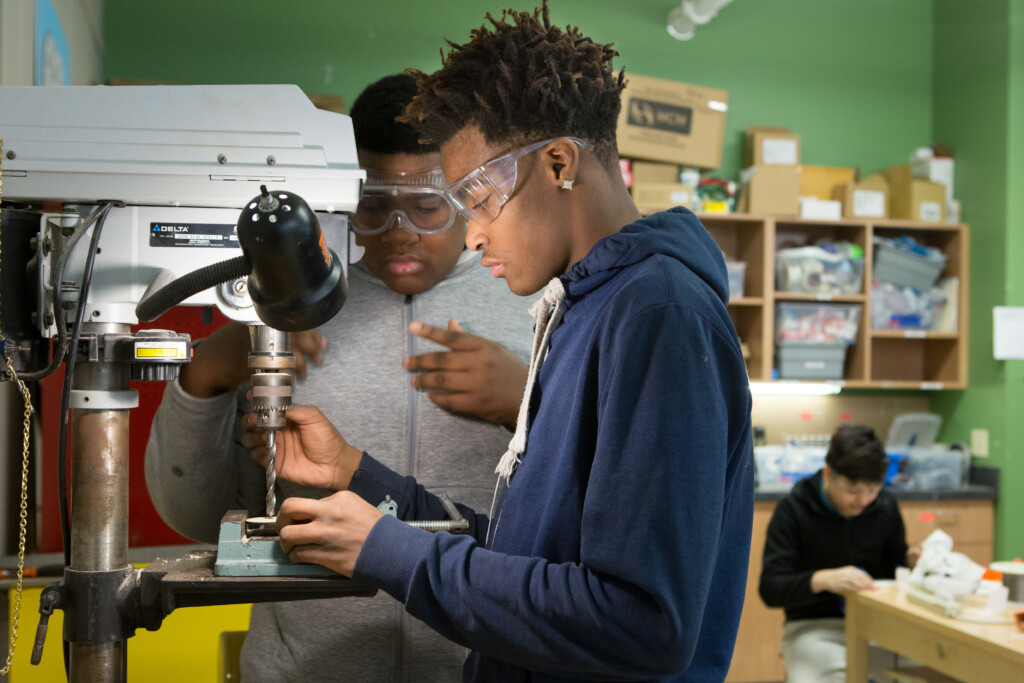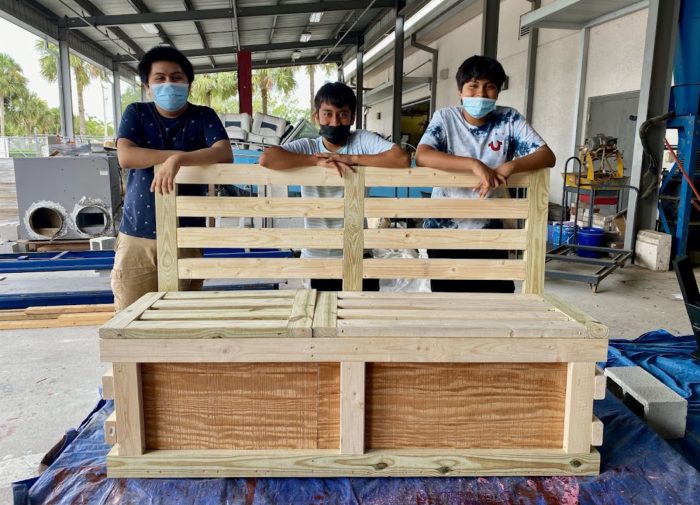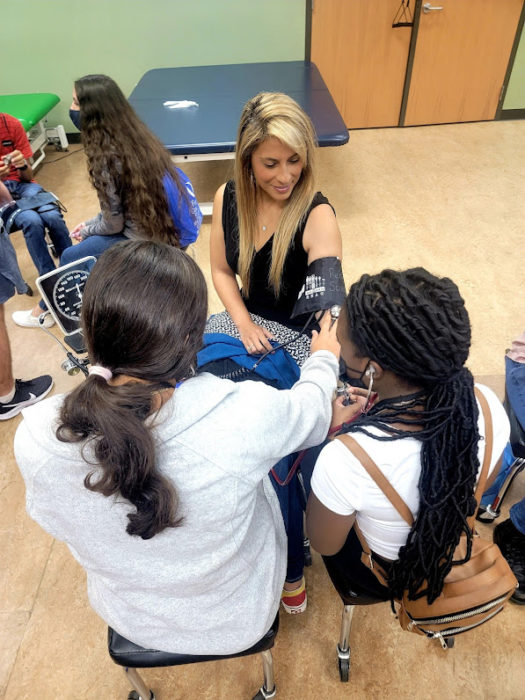Challenge and Opportunities
Implementing a robust advisory system is not easy, but it is critical to the success of young people. We lay out a few of the glaring challenges and opportunities for getting started below.



Challenges
Focus: Support and guidance involves a dozen functions delivered through advisory systems, in classrooms, and by specialists. Building a clear mission for advisory and coordinating multiple functions and applications is a challenge.
Time: The most effective advisory periods are daily for most of an hour, but it is challenging for most schools to devote so much time to a non-credit-bearing block.
Preparation: Most advisors are classroom teachers and an advisory period with a comprehensive mission is another challenging preparation.
Curriculum: Regardless of focus, advisory ought to be supported by a high quality grade 6-12 curriculum and career and college preparation applications. It has been challenging to find, create, and integrate curricula and applications that meet local demands.
Opportunities
The following are opportunities (and emerging progress) in support and guidance functions
Support Mental Health: The global state of mental health requires us to first build a culture of care in our schools. The next generation of advisory systems must have seamless support services that connect learners and school faculty to community resources.
Co-Author High School Pathways: The ecosystem of learning is changing, putting renewed emphasis on unbundled learning opportunities. Advisors will need to be able to help learners identify and integrate out of school experiences into their individual learning plan. Similarly, the rise of Competency-Based Learning will require advisors to help learners track their progress against an outcome framework and, similarly, support them in demonstrating competence.
Advise Postsecondary Plans: The increasingly complex postsecondary landscape is difficult to navigate even with a guide. Advisors will need to show learners the opportunity of accelerated pathways to help them gain both experience and awareness of what they want to do next. Additionally, these advisors need to be able to provide more personalized and localized guidance about alternative pathways. There are more valuable and viable pathways to contribution than ever, and it’s critical that young people find the one that speaks to them.
Pilot, Adopt and Integrate Personalized Guidance Technology: In the coming months a number of AI-powered guidance systems will localize opportunity data and help personalize development of Indivual Learning Plans. Advisors will need to be on the frontlines of seeking, piloting and helping systems adopt some of the more promising options.

